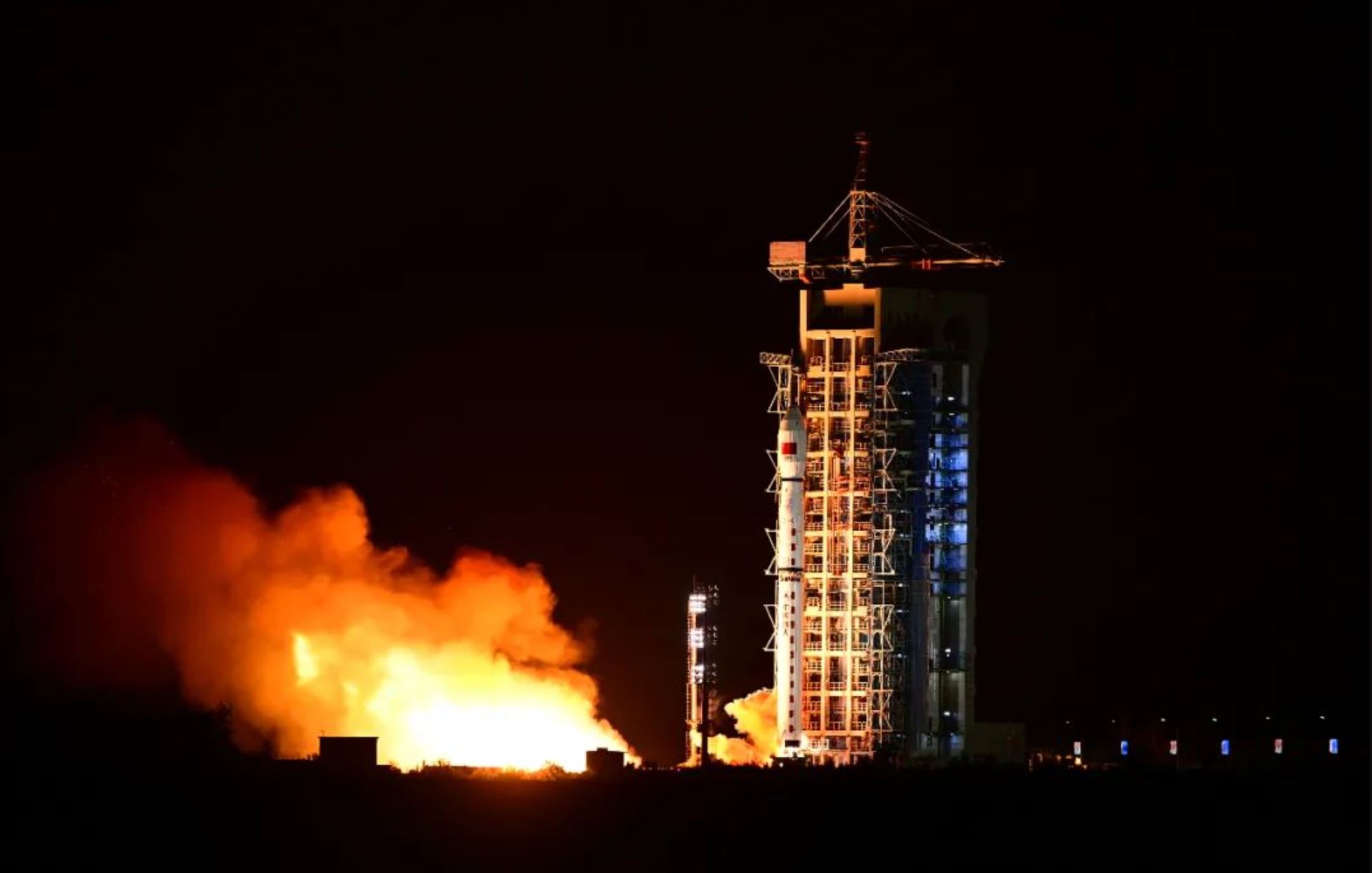China launches classified Yaogan remote sensing satellites (video)
Two separate launches within a week boost the country's remote sensing capabilities.
China has added to its growing network of classified Yaogan series satellites with a pair of Long March rocket launches.
A Long March 4C lifted off from the Jiuquan Satellite Launch Center in northwest China at 2:14 p.m. EDT on Sept. 7 (1814 GMT, or 02:14 a.m. Beijing time on Sept. 7).
Aboard was Yaogan 33 (03), a third satellite in the Yaogan 33 series of classified Chinese remote sensing satellites, according to the China Aerospace Science and Technology Corporation (CASC).
The satellite has been tracked in a near-polar, 618 by 688-kilometer-altitude (384 x 428 miles) orbit by U.S. Space Force space domain monitoring.
Related: Amazing satellite video shows China's space station come together in Earth orbit (video)

Yaogan 33 (03) will be used for scientific experiments, land resources surveys, crop yield estimation, and disaster prevention and relief, according to Chinese state media. This is a typical description of Yaogan missions, with no details on the satellites made available.
Earlier reporting suggests the spacecraft is likely part of a series of space-based synthetic aperture radar (SAR) satellites. SAR satellites can obtain detailed images of the ground through clouds and during the night.
Get the Space.com Newsletter
Breaking space news, the latest updates on rocket launches, skywatching events and more!
The satellite joins two earlier Yaogan 33 satellites in orbit. An earlier satellite expected to be named Yaogan 33 was lost on a failed Long March 4C launch in 2019.
That mission followed the launch of three Yaogan 39 satellites a week earlier. The trio launched on a Long March 2D rocket from the Xichang Satellite Launch Center in southwest China at 3:36 a.m. EDT (0736 GMT; 15:36 p.m. Beijing time) on Aug. 31.
The satellites are the first of a new series and, as with the later launch, neither CASC nor Chinese state media provided many details of the satellites.
The missions were China's 39th and 41st orbital launches of 2023. The missions sandwiched a first sea launch by Chinese commercial firm Galactic Energy using its Ceres-1 solid rocket on Sept. 5.
Join our Space Forums to keep talking space on the latest missions, night sky and more! And if you have a news tip, correction or comment, let us know at: community@space.com.

Andrew is a freelance space journalist with a focus on reporting on China's rapidly growing space sector. He began writing for Space.com in 2019 and writes for SpaceNews, IEEE Spectrum, National Geographic, Sky & Telescope, New Scientist and others. Andrew first caught the space bug when, as a youngster, he saw Voyager images of other worlds in our solar system for the first time. Away from space, Andrew enjoys trail running in the forests of Finland. You can follow him on Twitter @AJ_FI.









